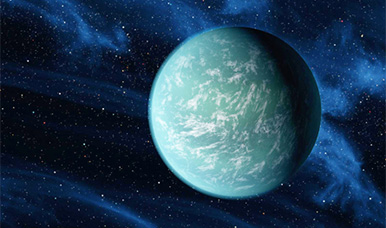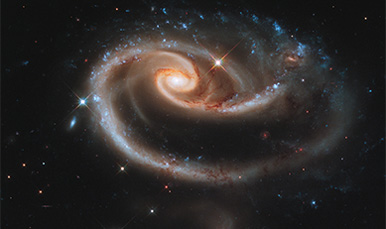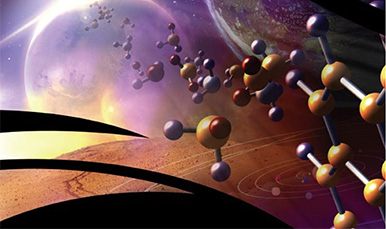The Habitable Exoplanet Observatory (HabEx) is a concept for a mission to directly image planetary systems around Sun-like stars. HabEx will be sensitive to all types of planets; however its main goal is, for the first time, to directly image Earth-like exoplanets, and characterize their atmospheric content. By measuring the spectra of these planets, HabEx will search for signatures of habitability such as water, and be sensitive to gases in the atmosphere possibility indicative of biological activity, such as oxygen or ozone.
In addition to the search for life on Earth-like exoplanets, HabEx will enable a broad range of general astrophysics, from studying the earliest epochs of the history of the Universe, to understanding the life cycle and deaths of the most massive stars, which ultimately supply the elements that are needed to support life as we know it. These studies will be enabled by the same technology that will allow HabEx to study Earth-like planets: a large, stable telescope in space with unprecedented resolution that is sensitive to ultraviolet, optical, and near-infrared photons. Furthermore, the HabEx concept is particularly compelling, as it is ripe for development, being both technologically and scientifically implementable in the next decade.
The HabEx concept is one of four mission concepts currently being studied in preparation for the 2020 Astrophysics Decadal Survey. The study is being undertaken by a Science and Technology Definition Team (STDT) comprised of experts within the community and is being managed by the Jet Propulsion Laboratory. The study is due to conclude in 2019.
The Astro2020 Decadal report is out as of November 4 2021 and accessible here. This report sets an ambitious, inspirational, and aspirational vision for the coming decade of astronomy and astrophysics.
The survey's top priority for a future large strategic space astrophysics mission is a ~6m infrared/optical/UV telescope optimized for observing habitable exoplanets, using spectroscopy to look for bio-signatures in the atmospheres of Earth-like planets orbiting nearby stars, and general astrophysics. At 6m, it is intermediate between the HabEx largest (4m) and LUVOIR smallest (8m) mission concepts, and this new telescope will take advantage of the hard work that went into both studies, pulling together the best of both.
The report further says that “Realizing this mission requires significant technology development and maturation of the design and implementation. The best path forward is to have NASA immediately commence aggressive technology development aimed at achieving the goal described above as part of the Great Observatories Mission and Technology Maturation Program. This program would consider and optimize configurations targeted at performance consistent with the target 6-m off-axis aperture.”
The HabEx team is thrilled about this outcome, appreciative of the committee and enthusiastic about the work ahead!
SCIENCE



NEWS & EVENTS
Flatiron Institute Center for Computational Astrophysics, N.Y.
Oct. 15-16, 2018
Register here
Flatiron Institute Center for Computational Astrophysics, N.Y.
Oct. 17-18, 2018
12 p.m. PT, Sep 21, 2017
Watch live: https://www.youtube.com/watch?v=UsENO6IW2IM
Who To Contact
Scott Gaudi: gaudi.1@osu.edu
Sara Seager: seager@mit.edu
Bertrand Mennesson: Bertrand.Mennesson@jpl.nasa.gov

